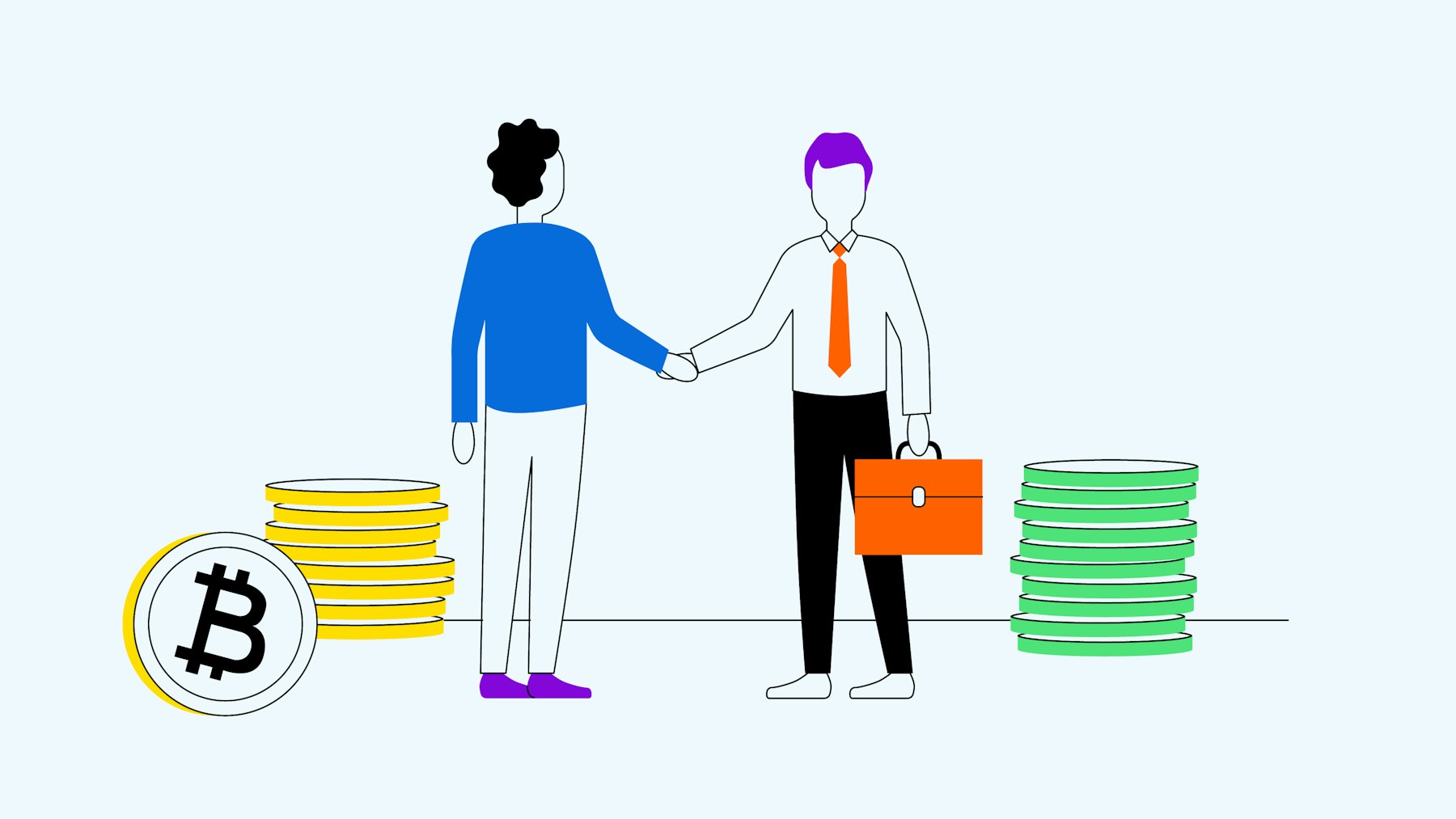Fees for trading cryptocurrencies
In our previous articles, you’ve learnt a fair bit about candlestick patterns in trading and the most common order types. Now, there's just one more topic left on our list covering the basics of crypto trading.
Trading cryptocurrencies isn’t free. To trade as effectively as possible and choose the right trades, it's important for crypto traders to understand the standard trading fees that cryptocurrency exchanges charge for orders. This fee structure affects the cost of every transaction and can vary depending on the exchange and the type of order.
When calculating fees on a trading platform, orders are divided into two categories: maker orders, which incur a maker fee, and taker orders, which come with a taker fee. These maker and taker fees determine whether a transaction adds new liquidity to the order book or directly executes existing trading pairs.
What are maker and taker fees?
When trading cryptocurrencies across different trading pairs, the type of order placed determines the fees. Maker and taker fees are a core component of many trading platforms because they influence how liquidity is added to or removed from the order book.
Maker fee: applies to orders that add new liquidity to the order book. Usually lower as they help stabilise the market
Taker fee: applies when an order is executed immediately and removes existing liquidity. Often higher than the maker fee
This fee structure directly affects trading costs and is crucial when deciding between using limit orders as a maker or market orders as a taker.
What is a maker fee?
An order that remains in the order book providing liquidity until it's executed by another trader helps to “make a market”.
For example, a limit order for a trade on a cryptocurrency exchange usually isn’t executed immediately. It’s only triggered when the price of an asset such as Bitcoin reaches or falls below a specific limit. So, a trader placing such an order provides liquidity to the market for other traders – they’re “making” a market. By placing this order, the trader increases the liquidity in the order book and is referred to as a “maker” because they’ve created new trading opportunities for others.
To qualify as a maker order, a sell order must be placed at a higher price than the highest buy order currently in the book. Alternatively, a buy order must be placed at a lower price than the lowest sell order.
Maker fees are often lower than other transaction fees. Cryptocurrency exchanges aim to attract traders who generate liquidity on their platforms. Liquidity on an exchange reflects market interest based on the number of active traders and total trading volume. That’s why lower maker fees incentivise traders to provide a market.
The downside of being a maker is that makers often have to wait longer for their orders to be executed. This only happens when the market hits their set limit price. If we think of liquidity as the activity on an exchange, it’s fair to say that makers keep trading flowing while helping the exchange to grow. Takers, in a symbiotic relationship with makers, are the ones who execute the orders.
What is a taker fee?
Takers, on the other hand, are traders who look for trading opportunities that they can execute immediately or as quickly as possible. They “take” liquidity from the order book. A market order is a good example, as it’s always intended to be executed right away. Takers place buy or sell orders for specific trading pairs by accepting existing orders in the order book and paying taker fees.
Let’s say a crypto trader places a buy order for one Bitcoin (BTC) and executes a market order for this trade. A market order is always executed instantly. If an order is too large for the available liquidity in the order book at that moment, it will be rejected. A market order can only be either fully executed or rejected. So, if there isn’t enough liquidity to complete the order for one BTC, it will be rejected due to insufficient liquidity.
Remember, market orders are available regardless of the current price of an asset. That means our taker has their order for one BTC executed immediately and pays a slightly higher taker fee. This additional fee covers the rapid and smooth processing and execution by the exchange and the makers.
Most order books primarily consist of limit orders and stop-limit orders that remain in the book for a longer time. Every executed order involves both a maker and a taker. If you place a limit order at the same price currently available in the order book, it will be executed as a taker order.
